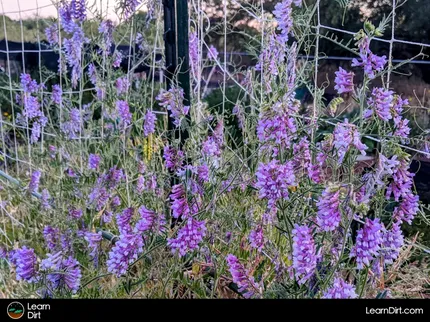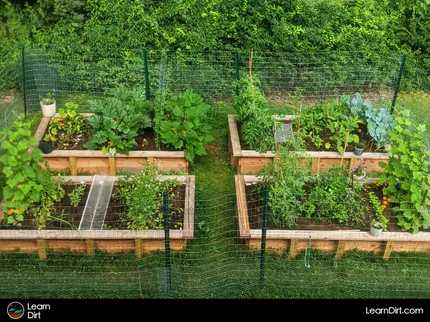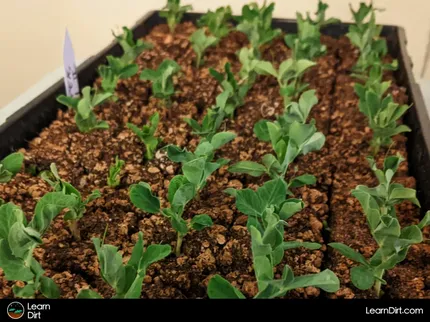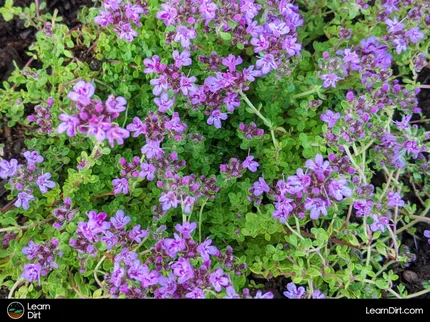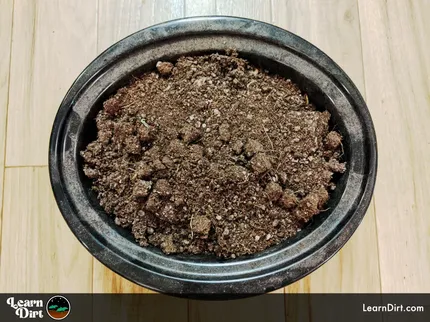Table of Contents
- What Is Companion Planting?
- Companion Planting as a Deterrent
- Trap Crop Companions
- Allelopathic Companions
- Companion Planting to Attract Beneficials
* Our articles never contain AI-generated slop *
Take companion planting guides with a grain of salt, because truly the bro-science runs rampant within this topic.
All it takes is a gardener with poor soil who can't get radishes to grow near sunflowers - next thing they're spreading misinformation about how the two should NEVER be planted near each other.
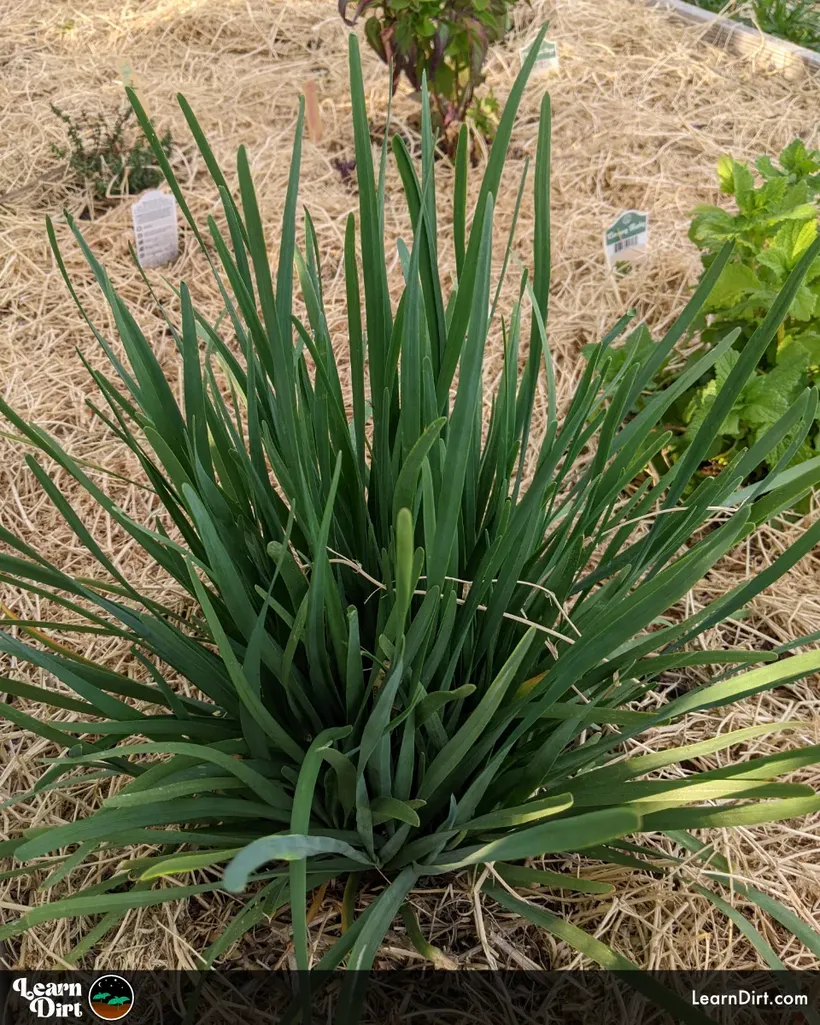
If you're a seasoned gardener looking to explore some plant synergies, great, dive right in and remember to empirically test all your companion planting attempts so you have real evidence and observation.
Disclaimer: This post may contain affiliate links. Refer to the privacy policy for more information.
If you're just starting your gardening journey, companion planting "rules" will overcomplicate things and make you feel like you can't do anything right if it's not 100% perfect. This can be completely overwhelming and is not helpful info when you're just starting out.
Let's jump into the various goals you might have with companion planting, their efficacy, and approach.
What Is Companion Planting?
Companion planting is thi intentional placement of different plant species in close proximity for a synergistic result.
Ecosystems thrive on biodiversity, and pairing plants up which help each other almost always creates more resilence than a monoculture.
Let's look at some of the specific reasons why plants are paired together as companions:
Companion Planting as a Deterrent
The theory here goes that certain plants such as marigolds, chives, and basil are natural repellents for insects. By planting these alongside your other crops, you can help create a natural barrier that will deter pests.
Join The Grower's Community
A free & open space for anyone who is passionate about cultivation 🌱
Check It Out!
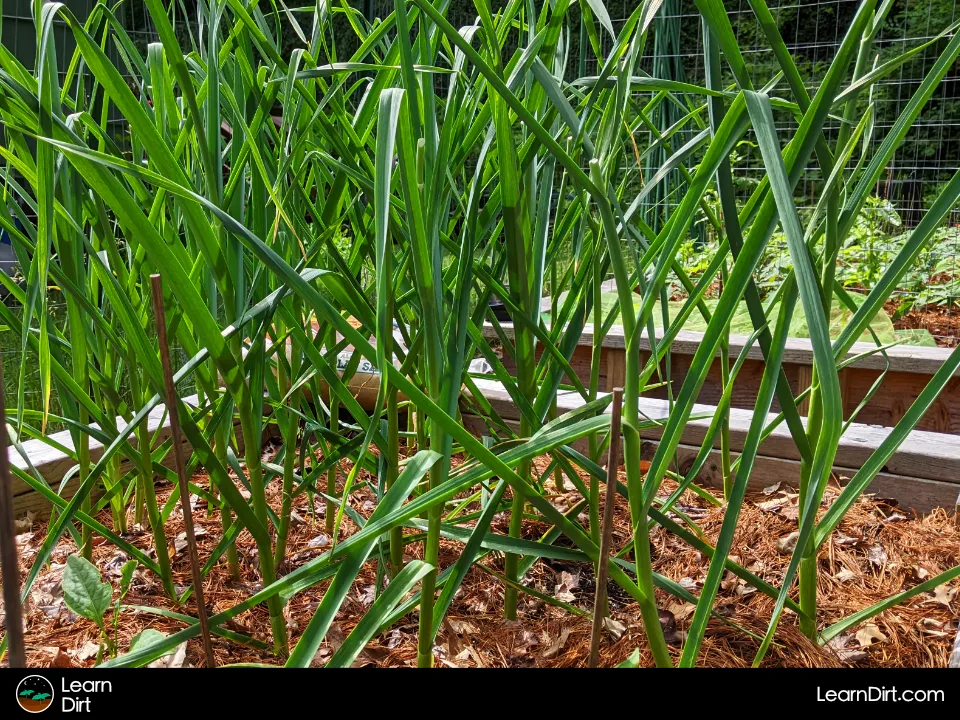
I take this theory with an enormous pinch of salt, however, as determined pests have a way of completely ignoring these "repellant" companion plantings.
While its true that some plants, especially herbs, naturally deter pests from eating them, there's very little evidence that they'll deter anything from eating crops near them. I have practically zero faith at all that planting these near your main crops will actually deter any pests from eating your main crops.

I think their strength lies more in their ability to attract rather than to repel insects.
Instead, herbs and other plants which are naturally pest-repellant generally produce chemotoxins that are not very tasty of pests when they try to eat them. The mere smell of peppermint, for instance, is not very likely to keep bugs out of your garden, despite what viral gardeners may tell you. Many bugs simply don't enjoy eating the chemotoxins which peppermint produces. That doesn't mean they'll necessarily leave your other plants alone.
While I do think that herbs and marigolds make a great addition to any garden, and that diverse interplantings always beat monocrops, I'm much more interested in their ability to attract beneficials. I think that increasing biodiversity has more of a positive affect on garden ecosystem health than their ability to actually deter bugs from eating anything.
Humans seem determined to find easy fixes to their problems, and combined with our overactive pattern recognition gardeners love to assume that if aphids didn't show up this year and they planted basil as a deterrant, that MUST be the reason.
I encourage you to run your own empirical trials and attempt to isolate variables - rather than just believing that any coincidence is evidence that companion plants are effective repellants. Confirmation bias plays a BIG role here, so be sure to understand the common human biases when performing any garden experiments.
Let's check out some other companion planting goals which likely have far more effect than deterrence:
Trap Crop Companions
"Trap crops" are any crops that are planted as a sacrifice to the pests.
The theory here goes that giving pests a more attractive plant to attack which you don't mind losing, they may leave your main crops alone.
This is a common reason why marigolds are planted as companions in gardens. Marigolds are a magnet for thrips and aphids, so by giving them a more enticing flower to eat, you may see fewer pests on your food crops.
In my experience this does work to an extent. I've noticed thrips paid very little attention to my strawberries, for instance, when vetch and millet were available nearby for them to feast on.
Eventually, though, if thrips or any other pest population get out of control they'll end up on everything.
That said, trap crops may buy you some time while you work on attracting or releasing predator populations. Your beneficials may have more time to multiply and manage pest populations while they're distracted by trap crops.
Allelopathic Companions
Allelopathic plants are plants which exude chemotoxins from their roots.
For instance, where I live in the Sonoran Desert, the landscape is spotted with creosote. These shrubs produce an allelopathic toxin from their roots which deter plants, especially other creosote, from establishing near them.
The result is that creosote naturally grow with lots of space between them, rather than right on top of one another. In a desert landscape with limited water, you can imagine the benefit to the creosote to keep other plants at bay and maximize the water available to them.
This allelopathic property gives the Sonoran Desert a very distinct look and naturally helps with water utilization.
This same principle applies to some common garden plants.
Marigold shows up again here, as there is an allelopathic toxin produced in the roots of some marigolds which prevents parasitic nematodes from eating their roots.
Depending on the species of marigold (choose a species which targets the type of parasitic nematodes causing you issues), there's scientific evidence that this allelopathy will help manage detrimental nematode populations.
Dig Cool Merch?
Be sure to do your research if you plan on utilizing allelopathic plants to help suppress root pests like parasitic nematodes. Remember that some allelopathic plants affect other plants, so be sure to learn more about the toxins they produce and what they affect.
You can also send a soil sample to a lab that does nematode analysis to gain insight about what species of nematodes your soil has, whether they're parasitic, and what types of plants can help suppress them.
In the case of marigolds, different species of marigold affect different species of nematode, so matching them up is important if you're working to control a parasitic nematode population.
Companion Planting to Attract Beneficials
Arguably the best use of companion planting and by far my favorite. Companion planting as a means of attracting beneficial insects and animals is probably the most-effective type of companion planting.
That's all for now, thanks for reading!
If you have any questions, comments, or would like to connect with fellow gardeners, head on over to the forum and post there.



![Black Dirt Live Again [Blue]](/media/product_images/black-dirt-live-again-[blue]_shirt_260x260.png)
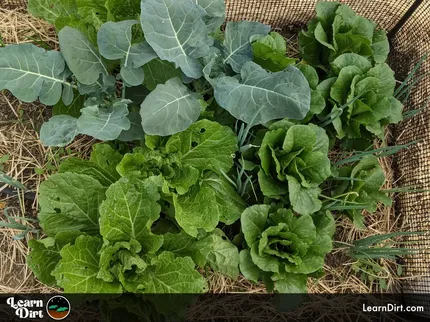
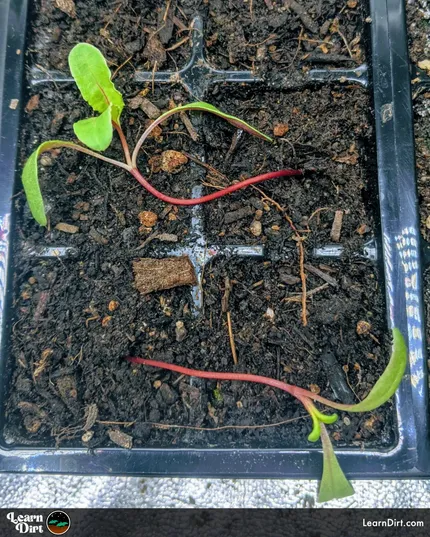

![Don't Till Away Your Carbon [Neon]](/media/product_images/dont-till-away-your-carbon-[neon]_shirt_260x260.png)


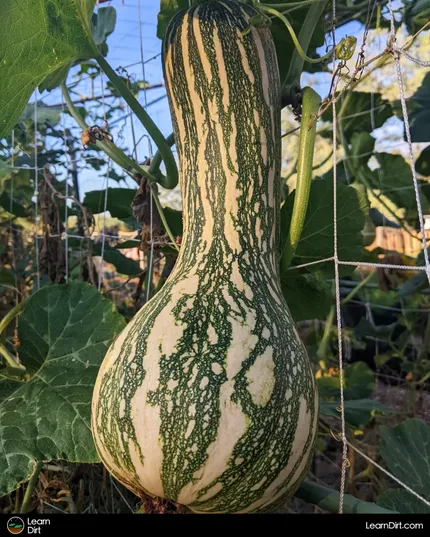
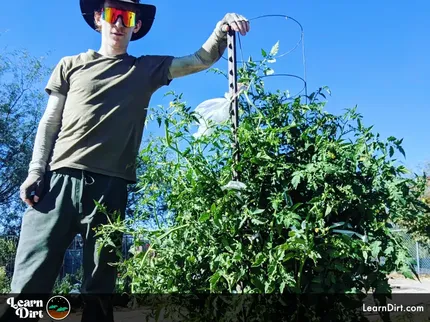

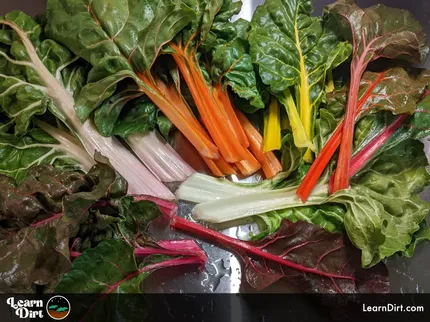
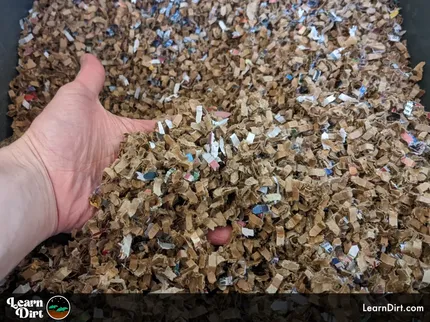

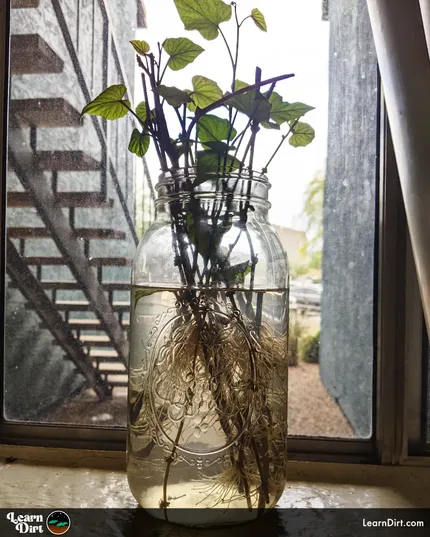
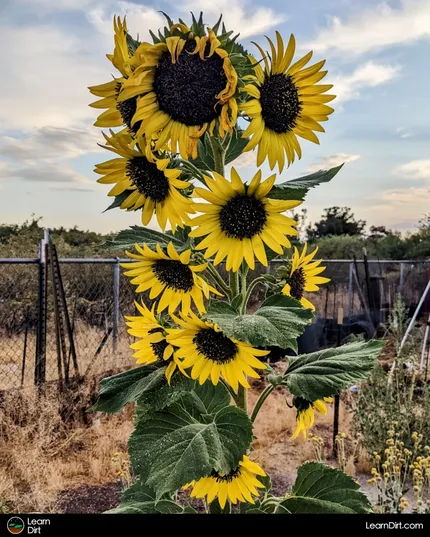
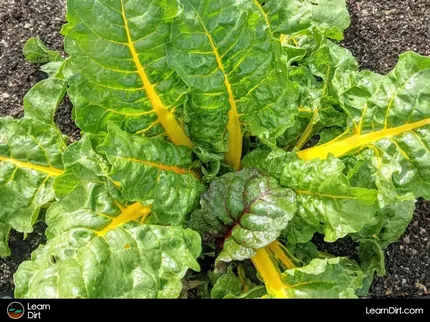



![Black Dirt Live Again [Blue] Sticker](/media/product_images/black-dirt-live-again-[blue]_sticker_260x260.png)
